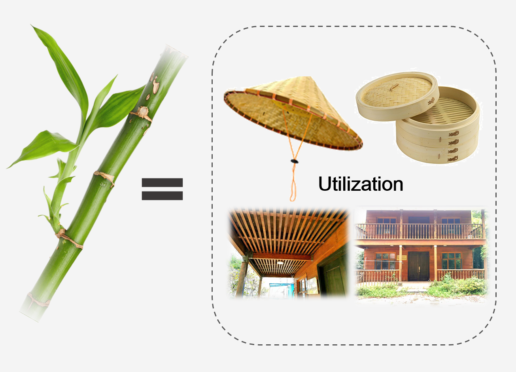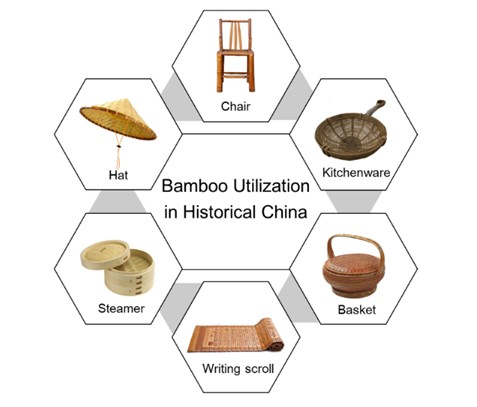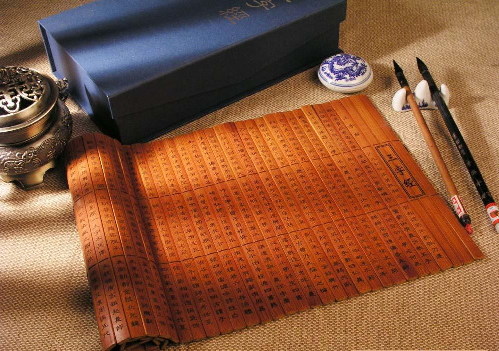Bamboo, deeply embedded in China’s cultural and historical tapestry, holds a fascinating legacy that spans millennia. This humble yet versatile plant has played a pivotal role in shaping the country’s development, influencing everything from art and literature to daily life and architecture.
Bamboo’s Ancient Roots in Chinese Culture
The roots of Chinese bamboo history extend far into ancient times, with evidence of bamboo cultivation dating back over 7,000 years. Early Chinese communities quickly recognized the plant’s myriad uses, employing it for construction, food, and various tools. Its rapid growth and adaptability to different climates made bamboo an invaluable resource for survival and innovation.
Cultural Symbolism and Significance
Bamboo’s symbolism in Chinese culture is rich and multifaceted. Revered for its resilience and flexibility, bamboo is often associated with virtues like integrity, modesty, and adaptability. These qualities have made it a prominent symbol in Chinese philosophy and art.
In traditional Chinese painting and poetry, bamboo is a recurrent motif, symbolizing the harmony between nature and human existence. The straight, upright form of bamboo is seen as a representation of moral integrity, while its hollow insides signify humility. The jointed sections of bamboo symbolize the unity of diverse elements.
Bamboo in Ancient Chinese Architecture
The practicality and versatility of bamboo made it a primary material in ancient Chinese architecture. It served as scaffolding for constructing buildings, bridges, and even the iconic Great Wall. Bamboo’s strength and flexibility allowed it to withstand the test of time, contributing to the longevity of these structures.
Beyond structural applications, bamboo was also employed in the creation of furniture and household items. Its light weight and natural beauty made it an ideal choice for crafting everything from chairs and tables to baskets and utensils.
Bamboo in Chinese Cuisine
Chinese bamboo history is intricately woven into the culinary traditions of the country. Bamboo shoots, the young, tender sprouts of the bamboo plant, are a popular ingredient in Chinese cuisine. Prized for their crisp texture and mild flavor, bamboo shoots are used in a variety of dishes, from stir-fries to soups.
The use of bamboo in food preparation is not limited to the shoots alone. Steaming food in bamboo baskets, a technique known as “zhu,” imparts a subtle, earthy flavor to the ingredients. This method has been employed for centuries and remains a common practice in Chinese kitchens.
Modern Applications and Sustainability
In contemporary China, bamboo continues to be a vital resource. Its sustainability and versatility have led to innovative applications in various industries. Bamboo fibers are used to create textiles, and bamboo pulp is utilized in paper production. Additionally, bamboo’s rapid growth makes it an eco-friendly choice for reforestation efforts.
The enduring legacy of bamboo in China serves as a testament to the plant’s adaptability and cultural significance. As the nation strides into the future, bamboo remains deeply rooted in tradition while embracing modern applications, showcasing its enduring relevance in the ever-evolving narrative of Chinese history.
Post time: Dec-24-2023









